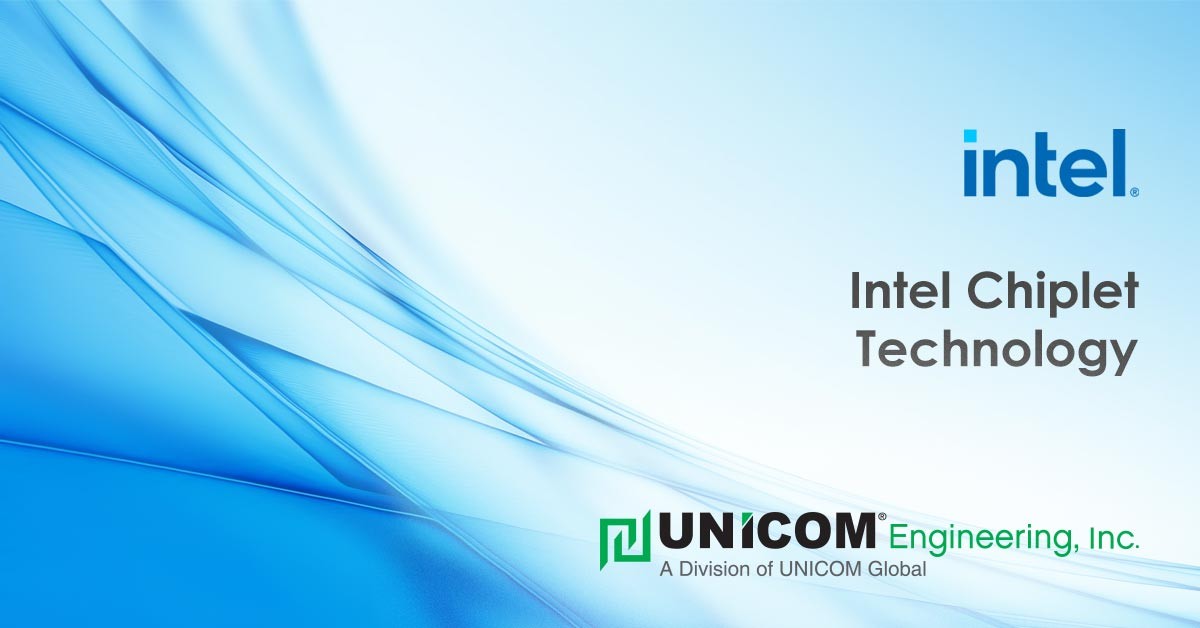Today's cutting-edge servers and devices still rely on the same component that even their earliest predecessors did: the CPU. From the largest server to the smallest wearable device, these vital processors act as both the heart and brain of all computing. The performance, cost, and security of CPUs can make or break the quality of any product.
But what precisely do we mean by performance? Namely, speed and processing power. The more we ask of the servers running our applications, the more data they must process. But doesn't better processing come at a price? Even the most game-changing technology won't sell if it doesn't cost-justify. And sadly, the more we rely on servers and devices of all kinds, the more they become a target for hacking. In other words, today, thieves have more ways than ever to gain access to our data.
Does this sound like a lot to ask of the next generation of CPUs? Fortunately, chiplet technology, as detailed in Dell's 2020 Server Trends and Observations Brief, enables manufacturers to address these performance, budgetary, and security needs.
The Power of Intel Chiplet CPU
It is well known that end-users never see the processors inside your solutions. They see your application. More accurately, they experience it - often in the process of doing their jobs, which can make the wait time between your app's pages critical. And what dictates this time is the speed at which data travels through the system, a phenomenon known as latency.
The higher the latency, the slower your application appears to be to the end-user. Mainly, we associate that delay to the network on which the data travels. Little do we consider that the speed of data traveling in WANs and mobile networks is only one latency component. There is also the speed of data traveling within the processors themselves. Earlier CPUs, which use either a monolithic die and multi-dies architectures, had longer internal paths for data to travel on. Information between multiple processors had to flow along these paths. Intel chiplets, on the other hand, build connectivity into the chips allowing them to connect directly to each other.
1. The Economy of Intel Chiplets
As we've said, lower latency means faster processing, translating into better performance of your application. And with increased performance can come heavier usage and more demands for processing.
A frequent frustration has been the cost and difficulty of scaling computing capacity. With previous, less flexible CPU architectures, companies needed to invest in more significant capacity leaps to meet user demand. Sometimes this entailed waiting for pent-up demand, thereby slowing the application's performance, and other times, scaling meant over-investing in more processing power than needed. Either way, many companies have faced the challenge of both needing to grow and staying within budget.
Fortunately, Intel CPU design allows for the smoother, more linear growth of computing power. Imagine if CPUs were Legos. Older architectures would force you to work with larger, less agile blocks. Conversely, chiplet architecture would be a set of smaller blocks that can be added incrementally and only in the areas where they're needed.
Analogies aside, chiplet architecture allows you to scale up processing power at a more predictable cost. When you can add processing power in smaller increments, you can better plan expenses according to growth forecasts. And just as important, chiplets can be manufactured with more contemporary and cost-efficient materials, making them less expensive to build than previous CPUs.
2. The Security of Chiplet CPUs
And when it comes to running applications today, securing your data and that of your customers has never been more critical. As mobile devices and edge servers continue to increase in the marketplace, so do opportunities for unlawful entry into networks and servers. Cybersecurity experts call this your company's 'attack surface.' It continues to grow for most organizations.
Data encryption, not just in network traffic but within servers and devices themselves, has become paramount. After all, with virtualization on cloud and edge-based servers, data security extends well beyond firewalls into CPUs themselves. This fact is essential to protect from hackers and satisfy many of the evolving security standards required in the business-to-business and business-to-government marketplaces (like NIST, ISO, and CMMC).
3. Intel Brings Chiplet-based Technologies to the Next Level
Intel has stepped up to deliver its version of chiplet based designs. The company recently announced Foveros and EMIB (Embedded Multi-die Interconnect Bridge). These newer technologies can crank out faster-than-ever data processing in a footprint the size of a grain of rice. Foveros provides high-data-rate interconnects between chiplets by stacking them atop one another. This delivers power and data from the package vertically through the bottom die. EMIB only needs a small embedded silicon connection, allowing a host chip and a secondary chiplet to connect with high bandwidth and short distance. Intel's FPGAs currently utilize the EMIB technology, as does the Kaby Lake-G, which connects the GPU to on-package high bandwidth memory.
Stay Up-to-Date on Competitive Tech with UNICOM Engineering
Chiplet technology leads the future of CPUs with the potential to unlock immense innovation. UNICOM Engineering's deep partnerships with industry leaders, including Intel and Dell Technologies, ensure access to the latest, best-in-class technology to meet our customers' needs. These partner relationships also afford us insight into future roadmaps, access to engineering staff, and ongoing training for next-generation technology. With the latest innovative products your business needs to spur differentiation, our technology partners enable us to become a trusted expert with the knowledge, skill, and resources to power your solution. Looking for a trusted integration partner to get your solution to market quickly in today's competitive technology landscape? Check out our UNICOM Engineering Flawless Execution video to learn more, or contact us today to schedule a consultation.
